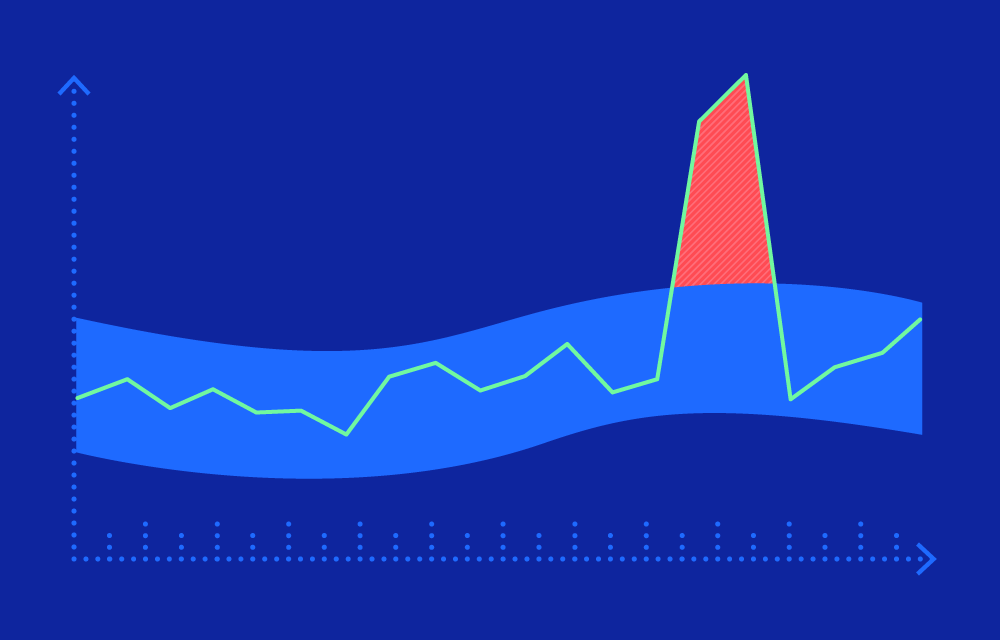Types of unpredictable variations
- Usage Spikes:
- Description: Sudden increases in resource consumption due to traffic surges, seasonal demand, or unplanned activities.
- Example: An e-commerce site experiences a sudden spike in traffic during a flash sale, leading to increased costs for additional compute and storage resources.
- Dynamic Pricing Models: Cloud providers use various pricing models that can change based on usage, demand, and time of day. Examples include:
- On-Demand Pricing: Charges based on actual usage without long-term commitments. Costs can vary depending on peak usage times and the region where services are deployed.
- Spot Instances (AWS) / Preemptible VMs (Google Cloud): Instances available at lower costs but can be terminated by the provider if there is higher demand for resources.
- Reserved Instances: Offer discounts for committing to use a specific instance type for a one- or three-year term. Failure to accurately predict future usage can lead to underutilization or overcommitment, affecting cost efficiency.
- Auto-Scaling: Automatically adjusts the number of running instances based on current demand, leading to sudden cost increases during peak times.
- Configuration Changes:
- Description: Misconfigurations or changes in resource settings that lead to unexpected costs.
- Example: Enabling a high-cost feature by mistake, such as premium storage tiers or advanced networking options.
- Service Outages:
- Description: Downtime or degraded performance in cloud services that lead to unexpected recovery costs.
- Example: Failing over to a more expensive backup region due to a primary region outage.
- Unexpected Data Transfers:
- Description: Unplanned data transfers between regions or out of the cloud provider’s network.
- Example: Data replication to a different geographic location for compliance reasons without accounting for the associated costs.
- Scaling Inefficiencies:
- Description: Inefficient scaling policies that lead to over-provisioning or under-provisioning of resources.
- Example: Auto-scaling policies that do not align with actual usage patterns, leading to resource wastage during low demand periods.
Common strategies to handle unpredictable variations
Managing unpredictable cloud cost variations requires a combination of proactive monitoring, resource optimization, and effective use of budgeting and alerting tools provided by cloud providers. Employing FinOps practices can also help organizations gain better control over their cloud expenditures. Common strategies include:
- Implementing Cost Monitoring: Use tools like AWS Cost Explorer, Azure Cost Management, and Google Cloud’s Cost Management to monitor spending in real-time and identify cost anomalies.
- Rightsizing Resources: Regularly review and adjust the size of your resources to match actual usage, avoiding overprovisioning.
- Using Cost Alerts: Set up alerts to notify you when spending exceeds predefined thresholds, allowing for quick intervention.
- Optimizing Data Transfers: Minimize data transfer costs by keeping data within the same region and optimizing the flow of data across services.
- Leveraging Reserved Instances: Commit to long-term usage for predictable workloads to take advantage of discounts offered by Reserved Instances.
- Implementing Auto-Scaling Policies: Carefully define auto-scaling policies to balance performance needs with cost control, avoiding unnecessary scaling during peak loads.
- Regularly reviewing and cost optimizing: Continuously review your cloud architecture and usage patterns to identify opportunities for cost savings and efficiency improvements.



